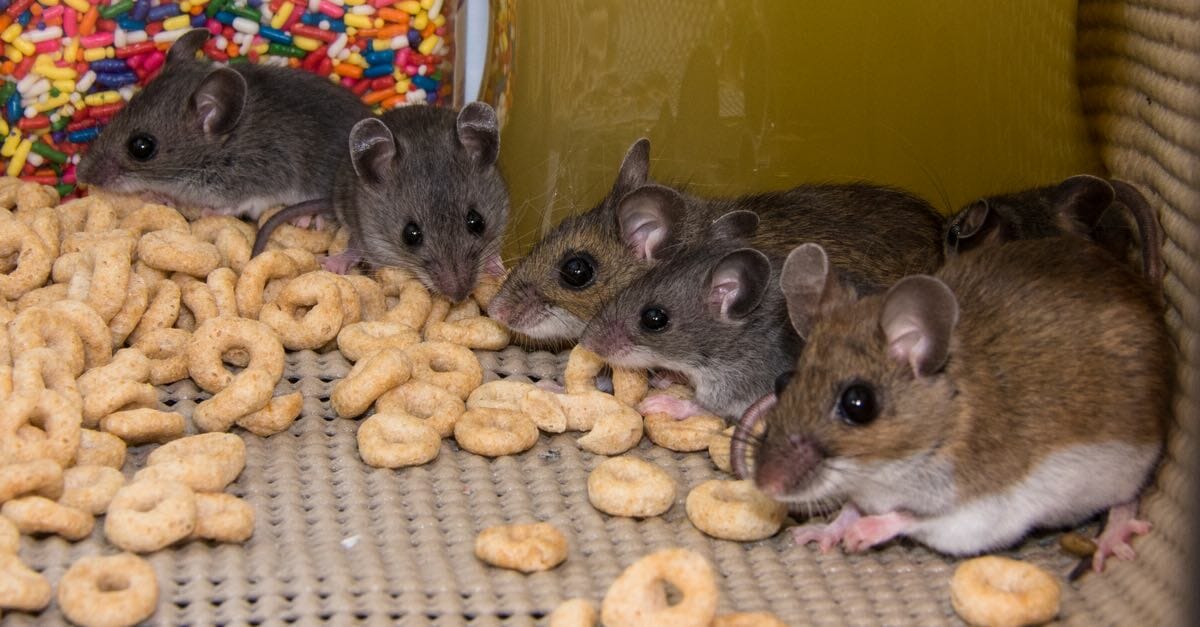Most home inspectors who have been in the industry for any period of time can probably share more than one example of telephone calls with past clients who may have come across some unexpected, and generally unwanted guests. In this short article we’ll be discussing pest inspections and some easy steps that can be taken to make sure your clients have a great experience, get the services they need–all while limiting your liability and exposure.
Evaluating a home for mice, or any pest, is beyond the scope of a standard residential home inspection. The INTERNachi standards of practice even state that pest inspections and rodent inspections are beyond the scope of the standards of practice. Unfortunately, national polls conducted show the number one ancillary service that consumers and homebuyers expect (or assume is included) in the home inspection is inspecting for pests and/or mice. This creates a huge potential for problems with miscommunication between the homebuyer and the home inspector. So even though the home inspector may take the proper precautions and educate the homebuyer or client that this is not part of the inspection, once the homebuyer moves in and find some little furry friends, it often becomes an issue the home inspector is forced to deal with. There are several precautionary steps that can be taken to lessen the risks of confusion, frustration and loss of business due to a less than ideal client experience.
Arguably the single biggest action that a home inspector can take to try and proactively mitigate this issue is clear and timely communication. This communication should start on the initial sales call. The client/agent should have a clear understanding of the standards being used to perform their inspection and it is not good practice to assume every client has the same level of proficiency or experience with home inspections. Your clients will range from the first time home buyer who may have never had any experience with a home inspector in the past, to the seasoned agent who has sold thousands of properties. No matter what category your client falls into–for your protection and their benefit they should have a clear understanding of what is included and excluded from your services beginning with the very first interaction. In addition to verbally reviewing the services and explaining the limitations of the inspection, once the inspection is formally scheduled it should be explained that they will receive an email containing the standards of practice (this is commonly done through a link directly to INTERNachi’s website). This email should show exactly what is and is NOT included in their home inspection. Third, including the standards of practice clearly in the written service agreement also serves as an additional layer of communication and protection.
Depending on the rules and regulations in your particular state or locality, having the credentials to perform pest inspections can increase your profitability and save your client time. Seeing signs of rodents or other pests, you can recommend having that service added if the client chooses to do so. Offering this service is also a great way to limit your liability. Should you offer to perform a pest inspection in addition to your standard residential inspection and the client declines, you have absolutely zero liability and makes it extremely difficult for the client or homeowner to come back later with a valid complaint and/or claim.
The initial interaction or service review at the very beginning of the home inspection is a great time to review in detail what is and is not going to be evaluated throughout the course of the inspection. You will want to highlight some of the most common assumptions associated with the services home inspectors perform. This can include radon testing, sewer scoping, wood destroying organism (WDO) inspections, infrared inspections, asbestos inspections and, of course, pests. This is also a great opportunity to stress the importance of these value-added services and provide the option for your client to include one or more to the work you’ll be performing. Having clients sign a waiver clearly documenting that they understand that one or more of these ancillary services is not being performed acts as a way to educate the client and protect you from liability. Conversations are easily forgotten, misconstrued or confused–signed documentation eliminates this risk.
Should any signs of a pest get uncovered throughout the course of your home inspection, you can use this opportunity to document your findings and educate your client that there are potential issues or signs (mouse droppings, torn insulation, urine spots, tunnels or even traps or poisons, etc.). These can be documented but it should be noted that a full pest inspection is not being performed.
One more layer of communication and protection should be in the home inspection report itself. Using clear language and make sure the services included and excluded are documented in the report (it’s common to put these in section headers). If a potential out-of-scope issue is discovered, you’ll want to thoroughly document the situation with pictures and make it very clear in your comments that this is out of scope, but as a courtesy we are including the issue for the client to address as they see fit prior their inspection objection deadline.
To review, here are the recommended steps to help ensure your clients are well taken care of and you are protected from unwanted liability.
- Communicate clearly. Communicate early. Communicate often.
- Including what is and is not included in your services on the first phone call and your in-person interactions is critical. This should absolutely be included in your review after the inspection as well.
- Include the applicable standards of practice in your confirmation email, service agreement and home inspection report
- Clearly outlining the scope of your work in writing helps solve many downstream issues that arise days, weeks, months and even years after your services have been completed.
- Have your clients sign a specific waiver detailing the services NOT being performed. This serves two purposes:
- 1) It will limit your liability
- 2) Your client may opt to add additional services prior to the beginning of the inspection, increasing the level of protection offered to the client and also increasing your income for that particular inspection.



